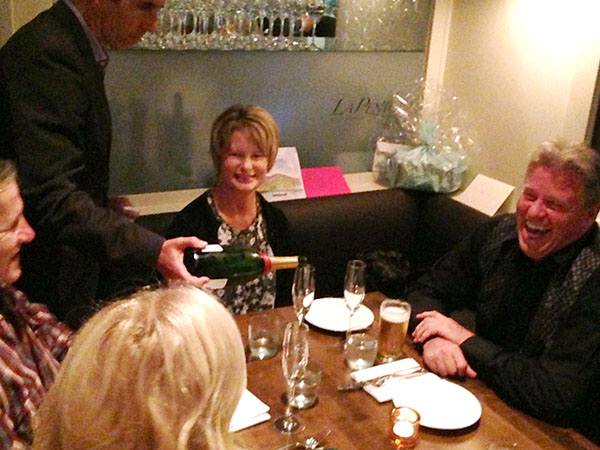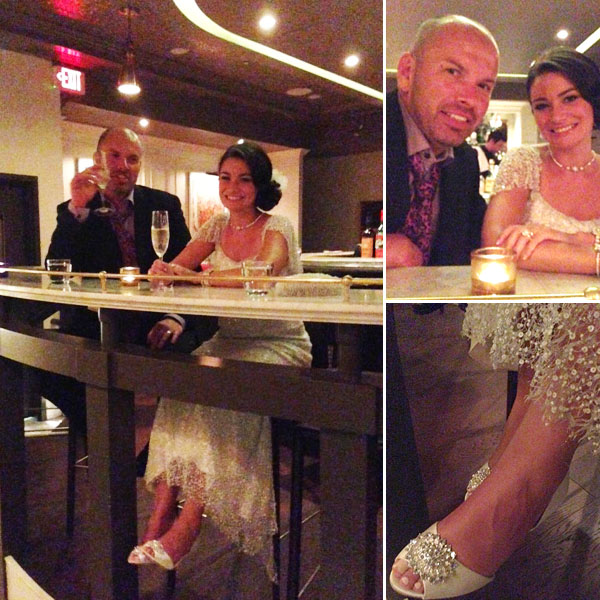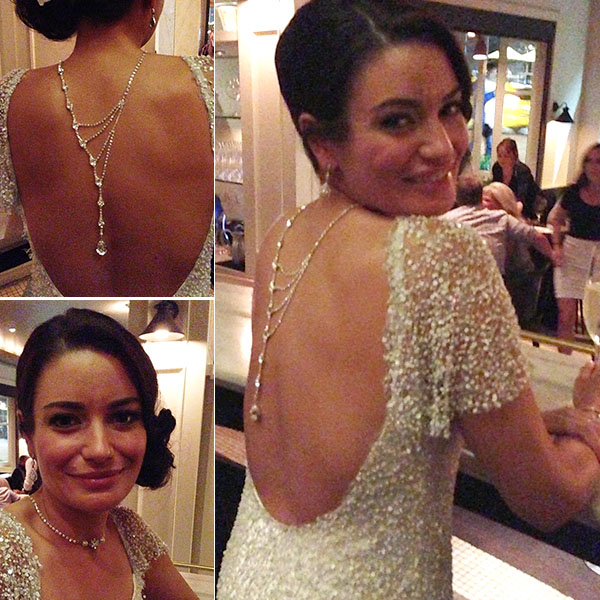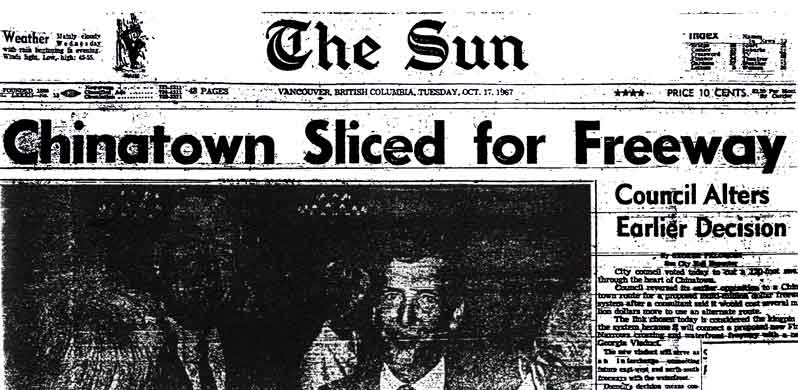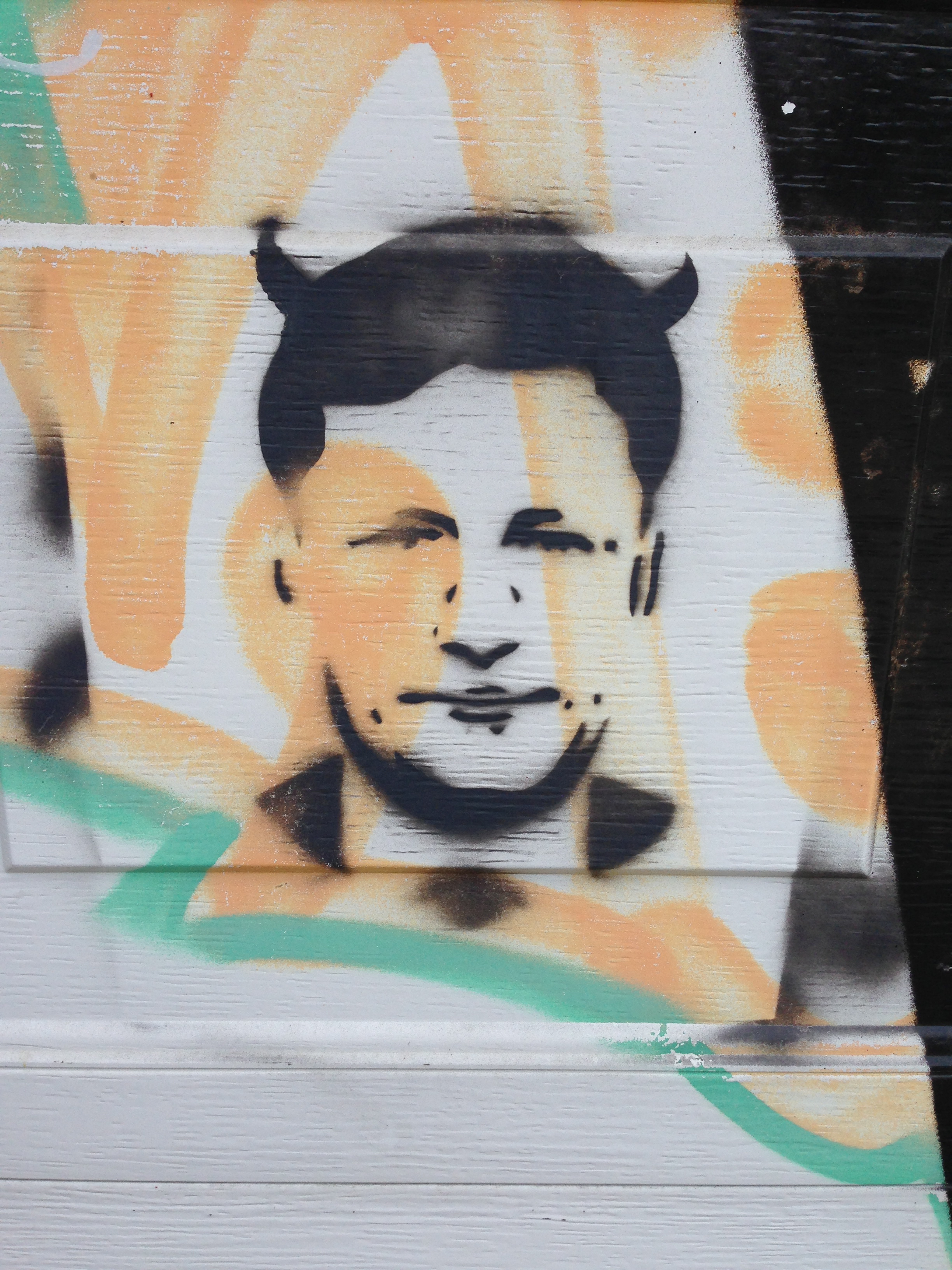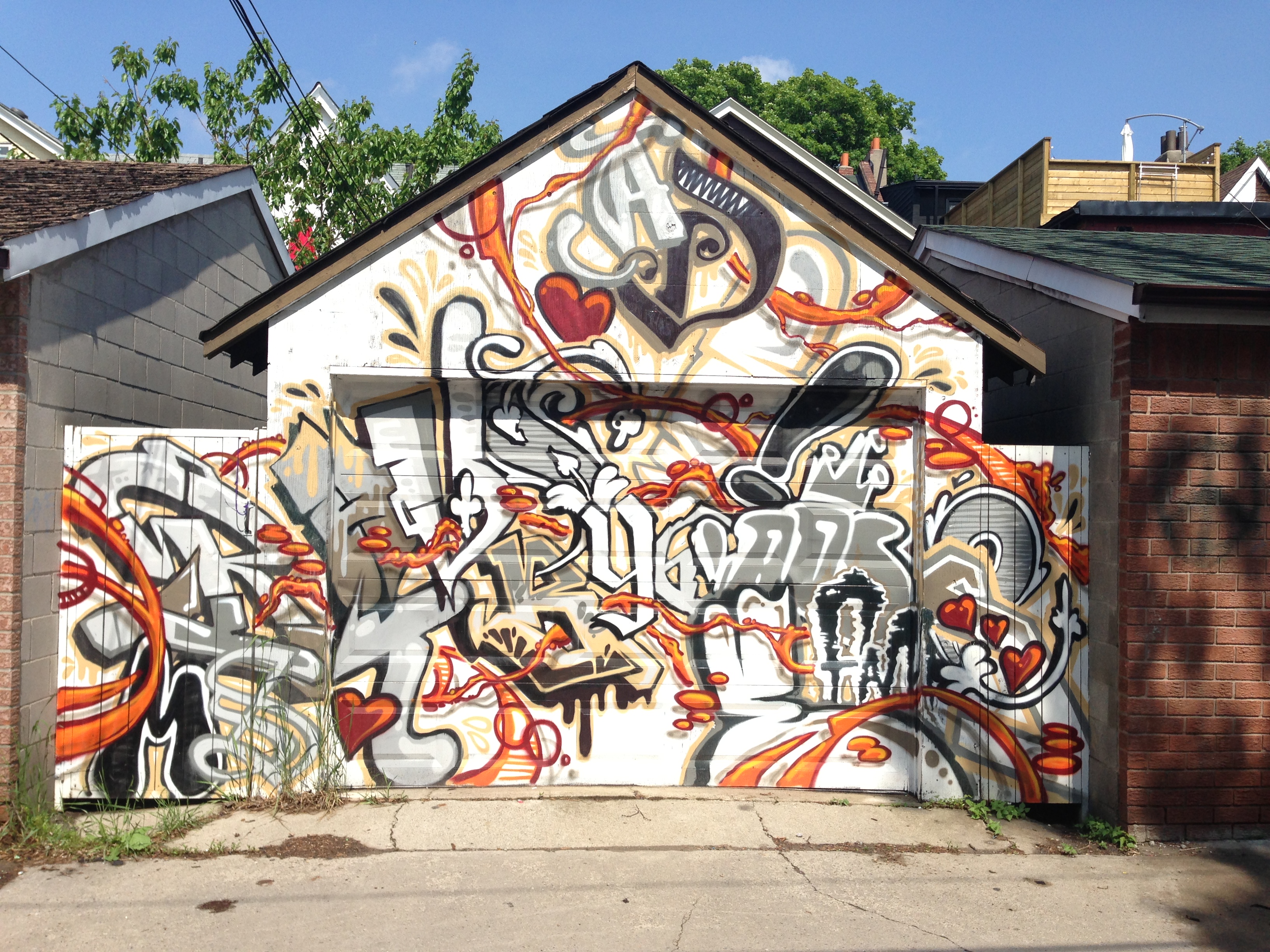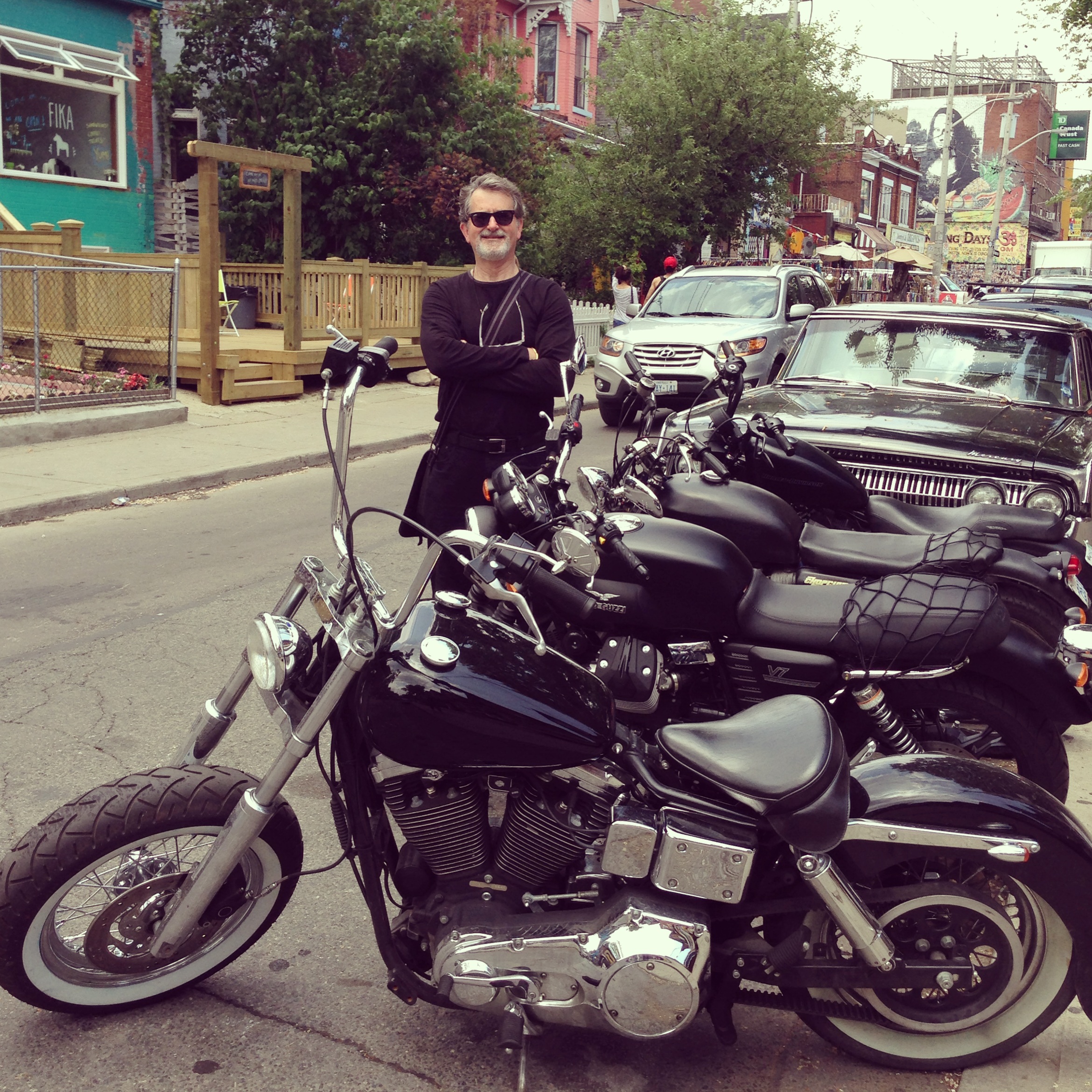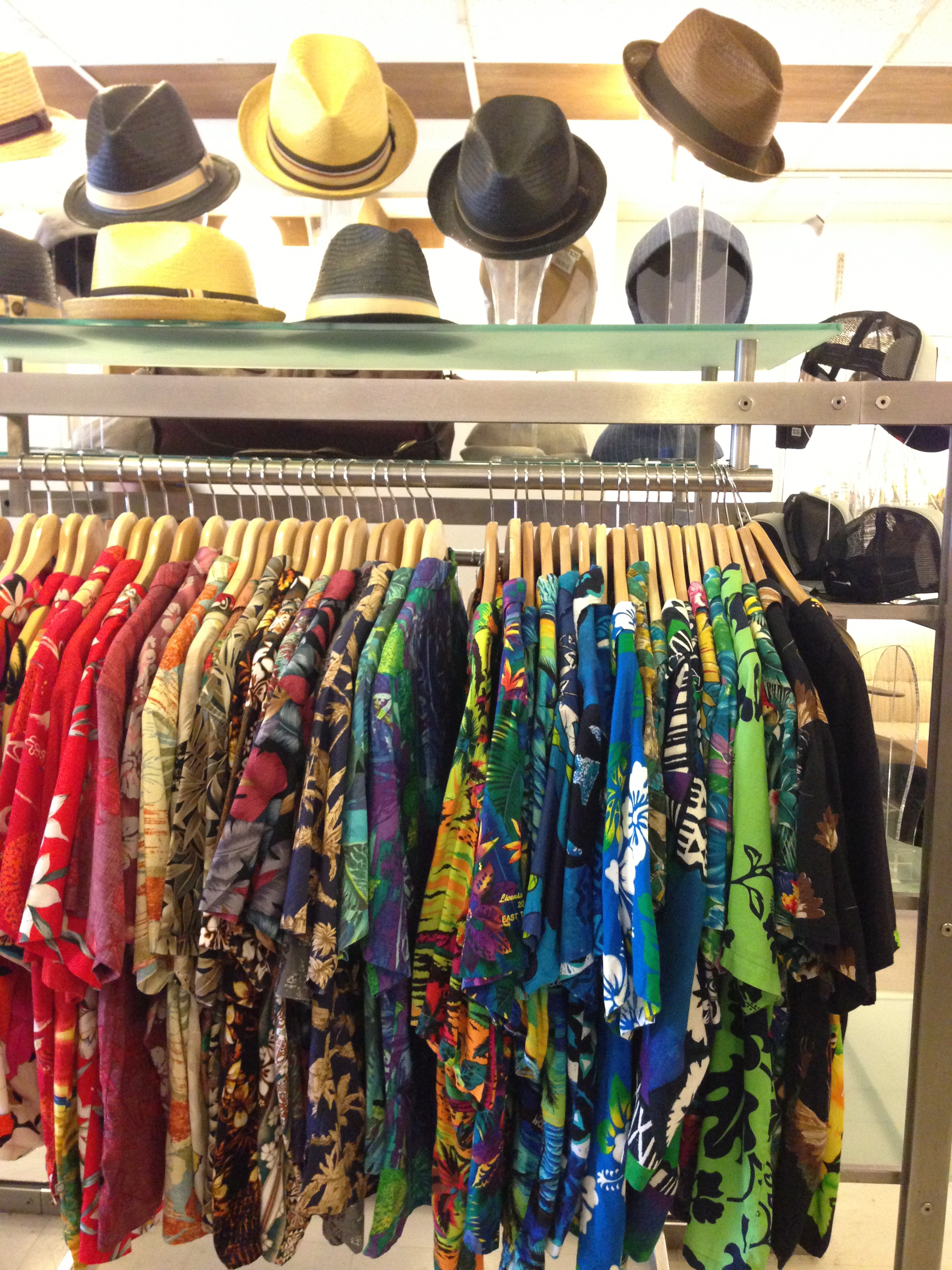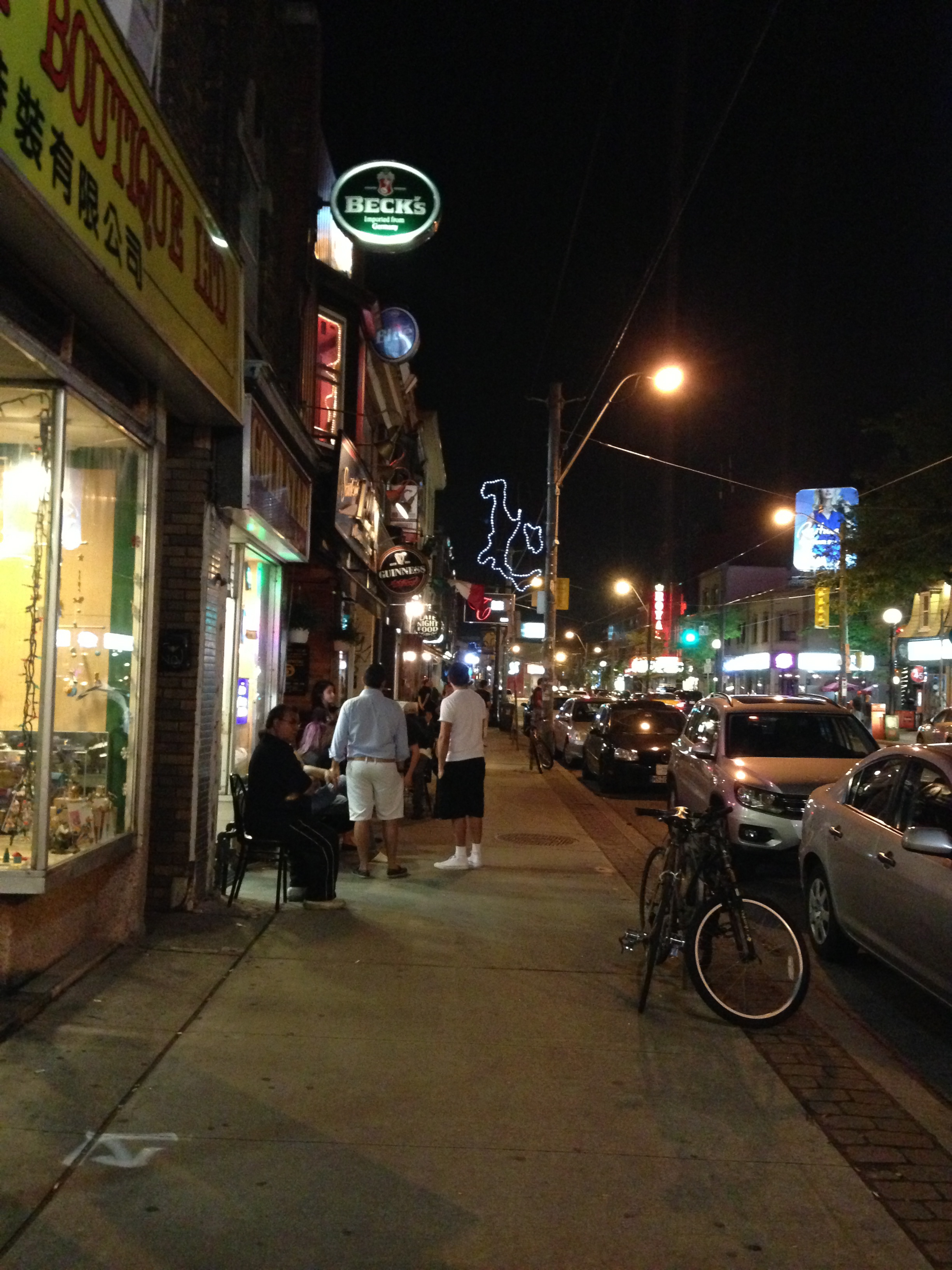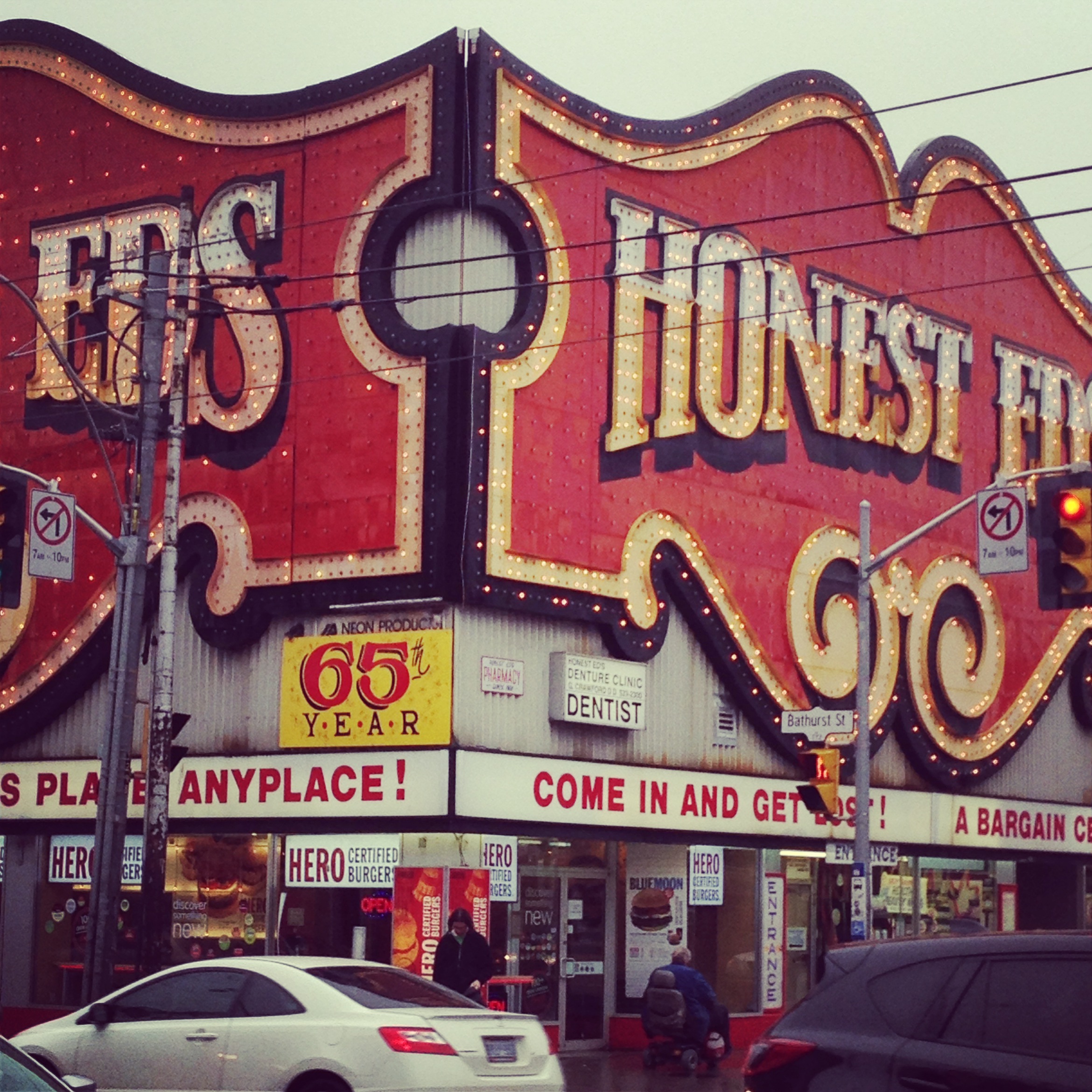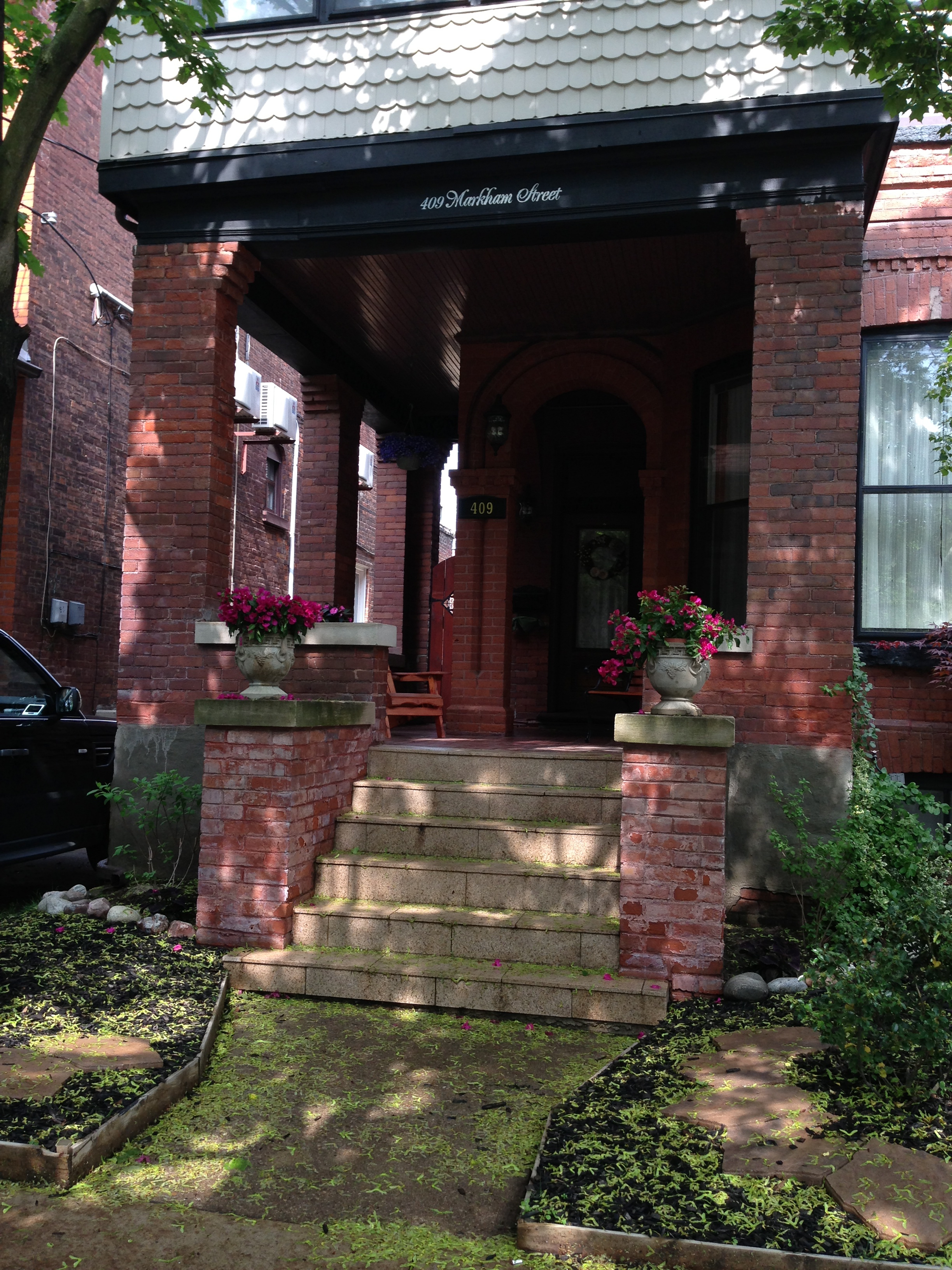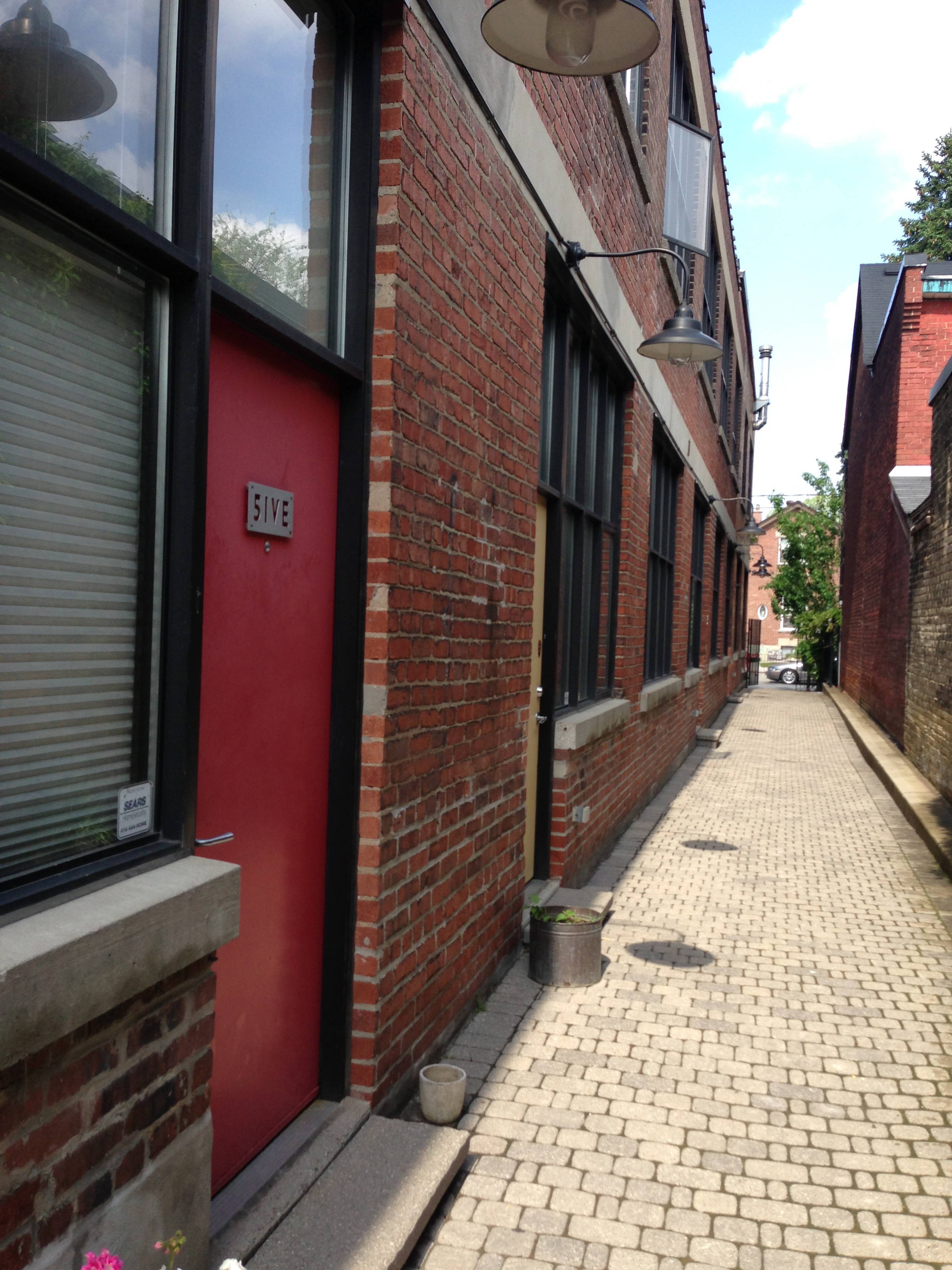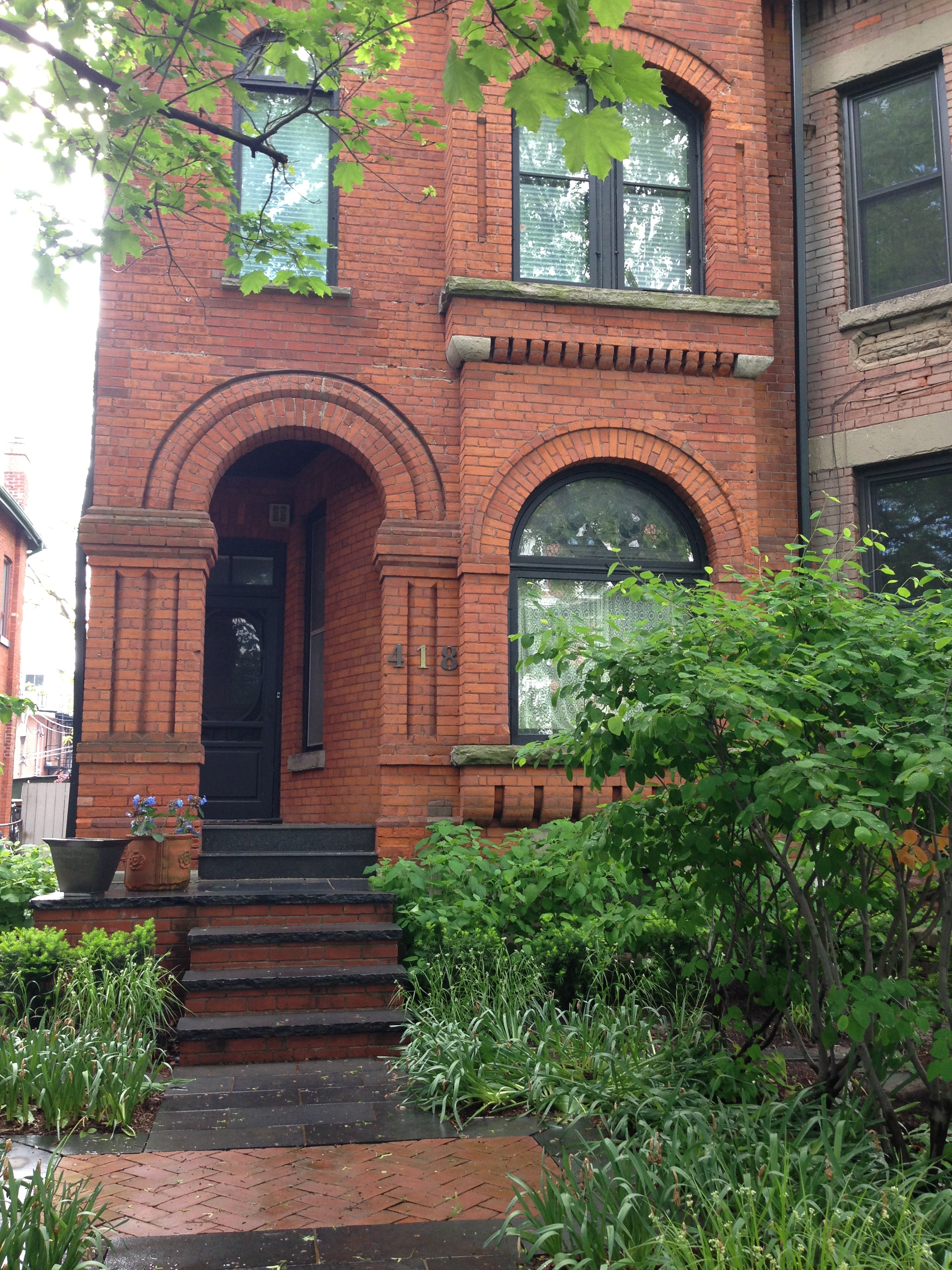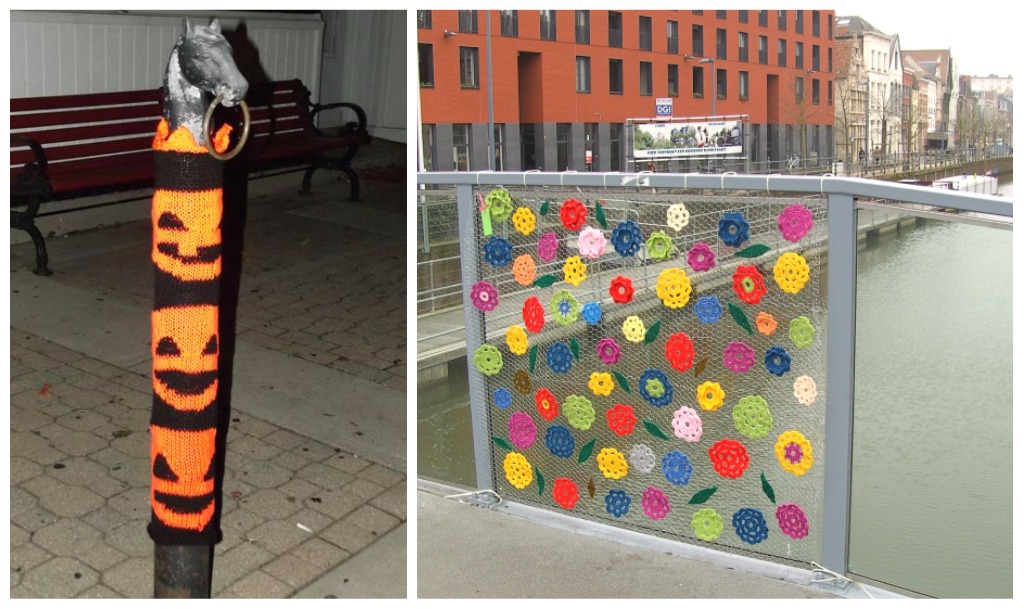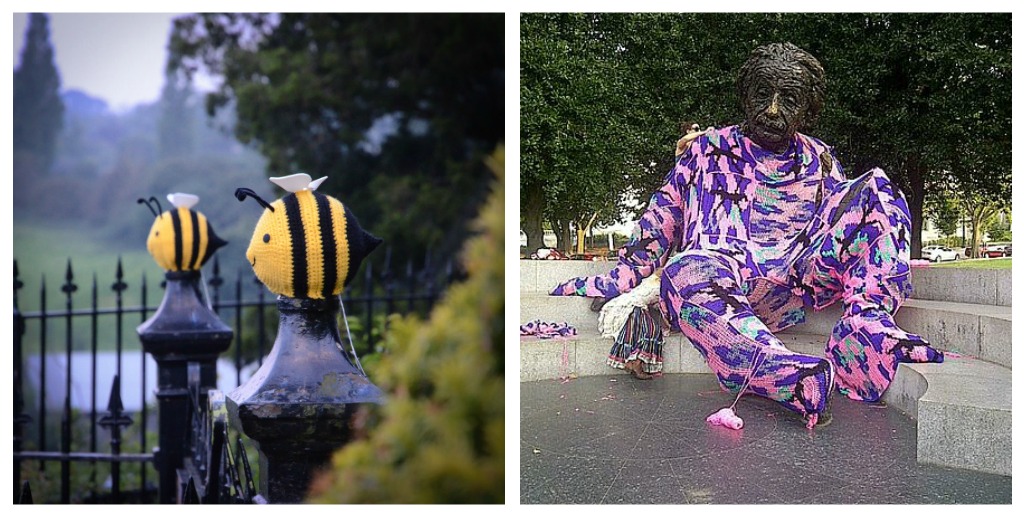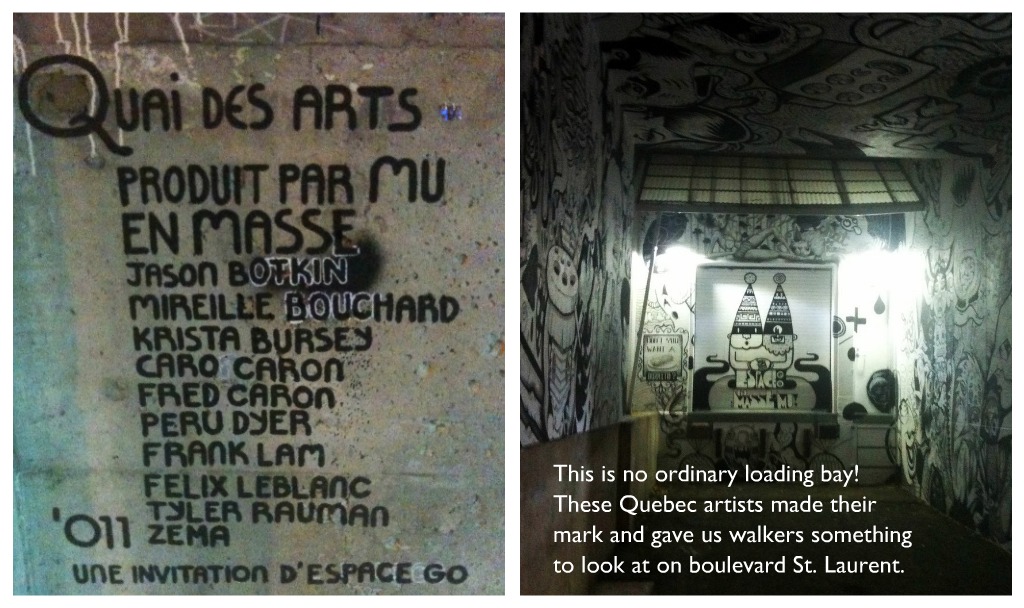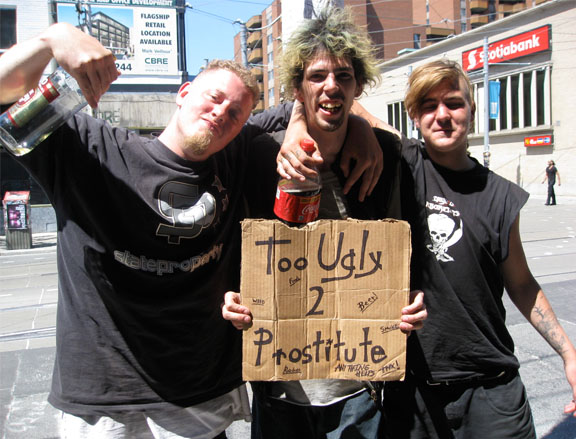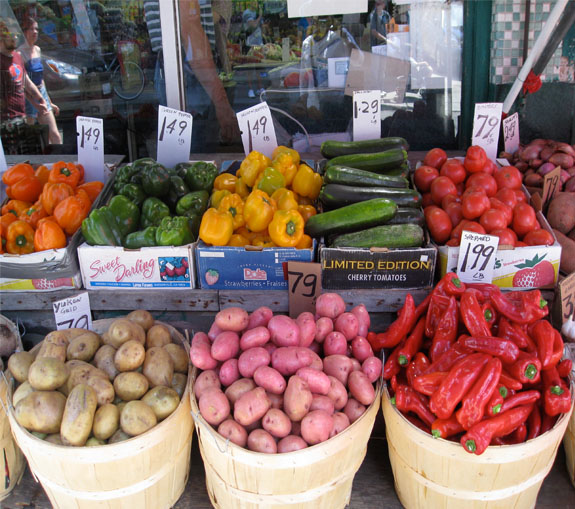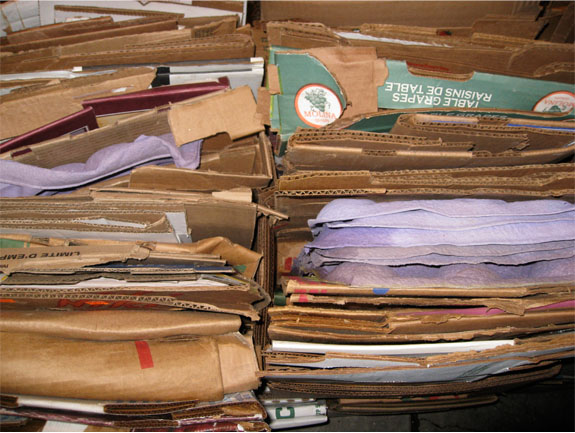Recently, I was at a friend’s birthday party at La Pentola Della Quercia in the OPUS Hotel Yaletown, when I looked up and saw something SPARKLE.
At the bar was a beautiful bride and her groom having a nightcap in full wedding attire. The bride’s retro style was very evocative, and evidently she had designed the beaded, low-back gown, accentuated with jewelry and sparkly shoes.
Seeing this bride, just dripping with glamour, I got a distinctly nostalgic feeling. The look is such a welcome departure from the conventional, puffy or ‘puffless’, strapless wedding dresses that seems to dominate the wedding scene.
This Gatsbyesque style dress by contrast is not only glamourous, it’s practical.   A bride, according to traditional wedding designer Reem Acra, “…wants the glamour, but she wants the flowy dress — so she can move — the sexiness and the embellishment,†she said. “All these elements, in my mind, are saying ’20s.â€
Jenny Packham, an evening wear and bridal gown designer in London, comments, “It was a wonderfully liberating time for women, to wear modern no-fuss clothing.†There’s a “strong contemporary relevance,†she added.
You don’t want to overdo it though and risk looking like a period piece.  Instead, like this bride, update the look by focusing on the Art Deco embellishments and dress cut. The long reverse pendant necklace is playful, and accentuates the bare plunging backline of the dress.
Back to the party……cousins with style.

